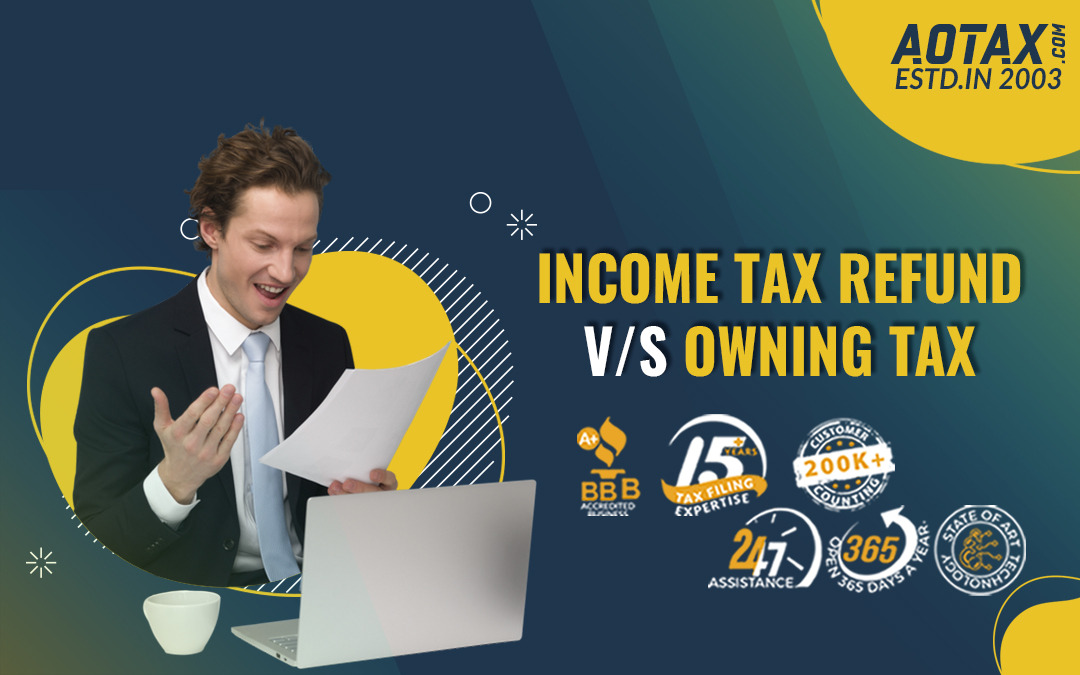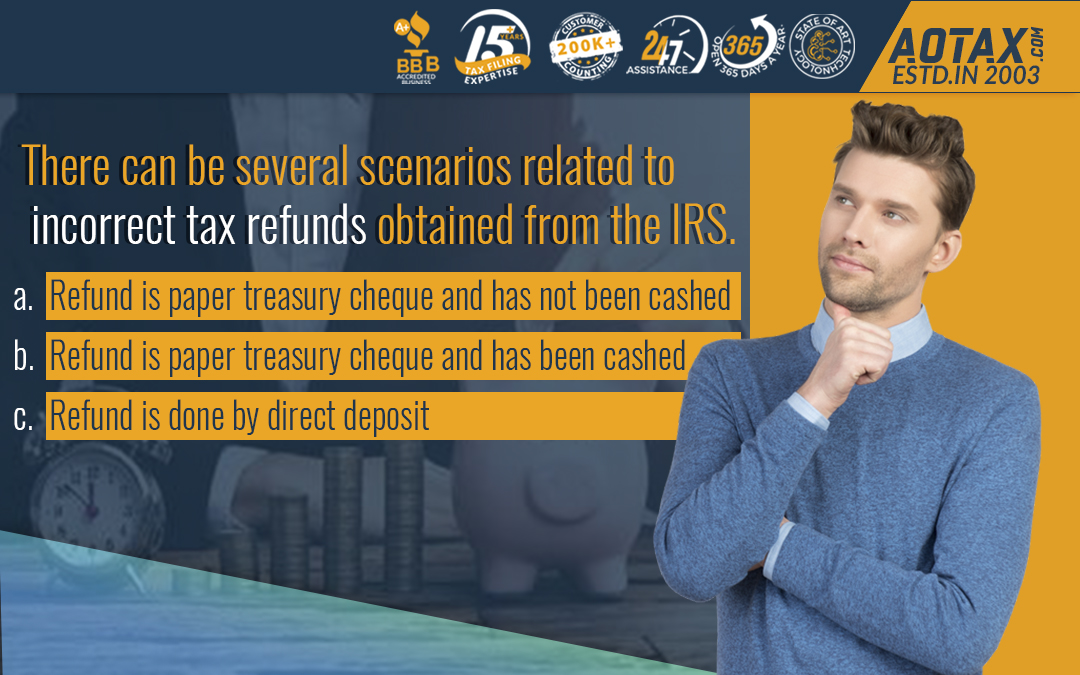
IRS Tax Filing Dates for 2022 You Need to Know About
A rampant virus, skeleton staff, ongoing legislative changes, and flailing funding all make for a decidedly bumpy tax season ahead. The Internal Revenue Service (IRS) is battling backlogs with a grossly understaffed team (20,000 fewer employees than in 2010) and the delays and complexities engendered by stimulus check deliveries and advances in Child Tax Credits.
President Biden’s Build Back Better plan faces gridlock in the Senate, only making matters worse. As a result, taxpayers are in for a world of frustration, and the IRS urges attentiveness in cases of tax-related documents.
More specifically, the department counsels are looking out for W-2, 1099 forms, and additional letters regarding Child Tax Credits and Economic Impact Payments for those who received benefits last year.
Read on to know more about precisely what you can expect during the upcoming tax season: key dates, important information, and tips to help you prepare better.
Important IRS Dates for 2022 to Keep a Tab On

February 15—deadline for eligible employees to submit W-4 forms (tax exemption) to employers.
April 1—Deadline for Required Minimum Distribution (RMD) payments from retirement accounts for senior citizens who turned 72 in 2021.
April 18—Deadline for tax filing for most Americans.
April 19—Tax filing deadline for taxpayers in Maine and Massachusetts due to Patriots’ Day falls on April 18 in those states.
May 16—Deadline for tax filing submissions for victims of the Colorado wildfires and Midwest Tornados.
June 15—Tax filing deadline for those applying for extensions, military members, and Americans living overseas.
October 17—Deadline for taxpayers who requested an extension for tax filing submissions.
December 31—RMD contribution deadlines for those 73 and older.
Typically, the deadline to file and pay taxes is April 15; however, the dates have been adjusted due to the public holidays. With Emancipation Day falling on the 15th, the deadline has been extended to April 18. A similar occurrence is visible in Maine and Massachusetts due to Patriots’ Day on April 18.
Things to Keep in Mind While Filing Tax in 2022

As you prepare to file taxes for 2022, we recommend keeping the following in mind:
Smaller refunds
The lower refunds that have been forecasted are due to shifts in policy and shrinking resources. While the Biden administration has diverted an additional 2 billion USD to the agency via the American Rescue Plan, funding remains an issue.
On a grassroots level, individuals may owe more to the government and receive less if they did not opt-out of Child Tax Credits or didn’t include any student loan deductions. Therefore, taxpayers have been advised to brace themselves given the fluid situation.
Child Tax Credits
As discussed above, Child Tax Credits could impact your tax outlook for the year, given that Congress not only inflated the credits but also began to pay out half of the credit value in advance.
This was done through monthly installments to help struggling families quickly. Additionally, the CTC was refundable (there was no minimum income required to claim it) but fluctuated according to income levels.
Ideally, taxpayers who received the installments would receive the remaining half of the credits as a part of their tax refund, but reconciling exactly how much was paid can complicate matters.
Some may have received more than they were eligible for, and others less. For this reason, it is imperative to safeguard Letter 6419 sent to all payment receivers so that it may be verified in your tax return.
Economic Impact Payments
Stimulus checks of 1400 USD were issued to eligible receivers from March 2021 as a part of the Economic Impact Payments scheme. If you received the entirety of the payment, you need not include any information while filing your taxes.
However, those missing some payments could be eligible to claim the Recovery Rebate Credit for the same. The missing amount would be included in tax refunds. You must note, though, Letter 6475 (Your Third Economic Impact Statement) plays a crucial role in determining whether this applies to you. Much like Letter 6419, it must be given equal importance as W-2 and 1099 forms.
Extending Your Submission Deadline
While it is never advised to miss tax deadlines, those who require more time can qualify for an immediate extension by filling and submitting Form 4868.
This grants a 4-month extension, usually till October 15. However, with it being a Saturday, the final deadline is October 17. The IRS stresses that this extension is only for submitting tax returns and does not apply to payments.
If an individual owes taxes, the deadline remains April 15. Failing to pay on time results in penalty fees. Taxpayers can incur hefty charges: 5% of the amount due each month, a monthly penalty of 0.5% of the unpaid amount, 3% in accrued interest, and a maximum of 25% of what is owed.
When Can you Expect your Refund?
The IRS urges taxpayers to check thoroughly for document and numerical accuracy and to file their taxes as soon as their documentation is ready.
The agency advises filing online and opting for a direct deposit to make the process as seamless as possible for a quick return. Taxpayers who choose direct deposits could see their accounts credited within 21 days of submission by approximately mid-February.
However, refunds involving often misused credits such as the Earned Income Tax Credit (EITC) or the Additional Child Tax Credit (CTC) will take longer due to more stringent verification processes.
Also read: All You Need to Know About How to File Tax Returns Online
What Next?
Resting your laurels will not quicken or ease the process; hence compiling documents and visiting a tax planner should be top of your priority list. A non-exhaustive list of documents required are listed below:
- W-2 form from your employer.
- 1099 form for income earned from investments.
- Mortgage payment proofs.
- Letter 6149 for Child Tax Credits.
- Letter 6475 for Economic Impact Payments.
- Receipts and bank statements for deductible expenses.
- Proofs of taxable transactions and investments for things such as cryptocurrency and Non-Fungible Tokens (NFTs).
As an Indian in unfamiliar territory, preparing to file your taxes can be a daunting task. AOTAX has been helping Indian professionals in the US with their tax requirements for almost two decades and provides hassle-free consultancy, planning, and filing services. So, sign up for free today and let us help you with financial peace of mind.








Recent Comments